Quality control deals with in plant process measurement that ensure quality parameters are met during receiving, manufacturing and delivery.
The objective of quality control of feedstuffs is to ensure that a consumer should obtain feeds that are unadulterated, true to their nature and produce desired results. Quality control is the maintenance of quality at levels and tolerances acceptable to the buyer while minimizing the cost of processing.
Quality assurance deals with the policies, procedures and process control that yield a consistent product.
Ingredient Quality: It may be of two types:
Qualitative: Includes physical characteristics (analyst’s skills) such as color, texture, odor and taste, particle size (screen analysis), shape, adulteration, damage and deterioration, bulk density, storage pests, fecal material, hairs etc.
Quantitative: Includes chemical analysis such as moisture, crude protein, crude fibre, ether extract, nitrogen free extract, ash, acid insoluble ash (silica or sand), salts, free fatty acids, biogenic amines, urea and NPN, amino acids etc.
Anti-nutritional factor: These contaminated the feed. These are of following types:
Extrinsic (contaminants): includes mycotoxins, weeds, insecticide, herbicide fungicides.
Intrinsic: includes allergins, lectins, phytoestrogens, glucosinolates (rape seed), saponins, tannins, ricin, sinapine, gossypol, (cotton seed cake), lipoxygenase, trypsin inhibitor, urea etc.
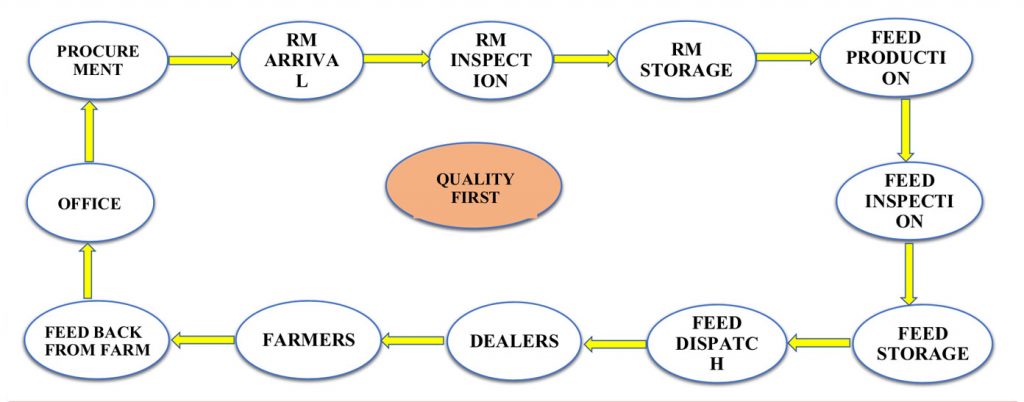
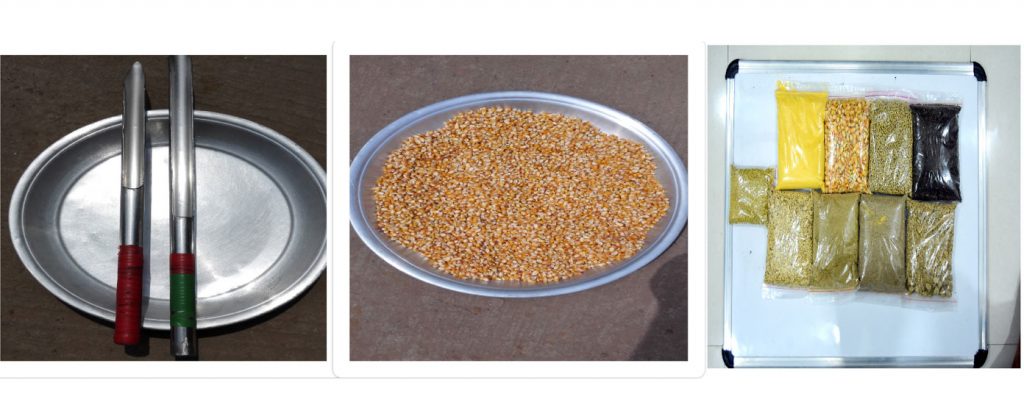
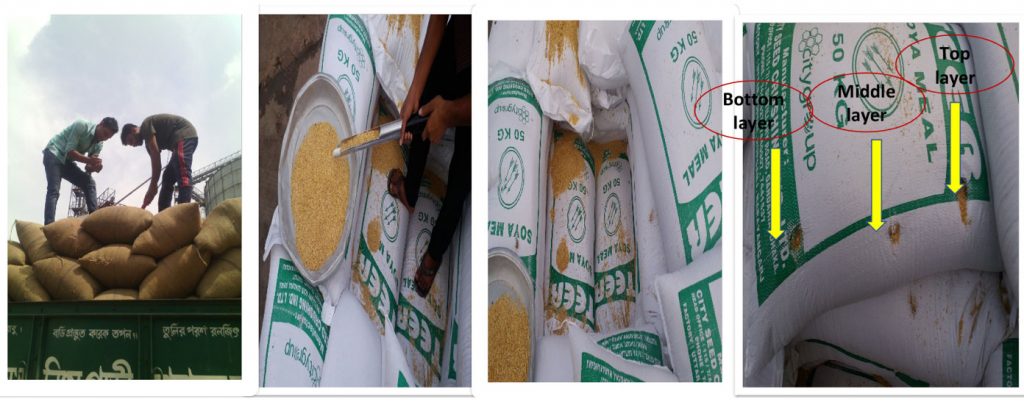
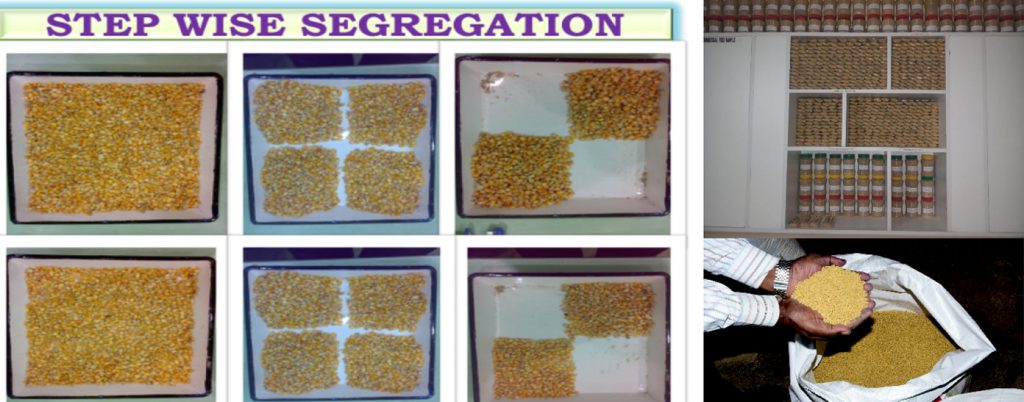
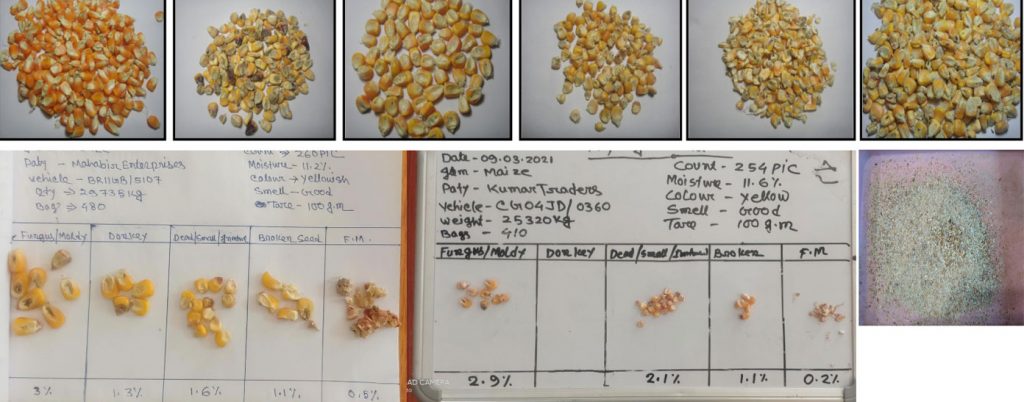
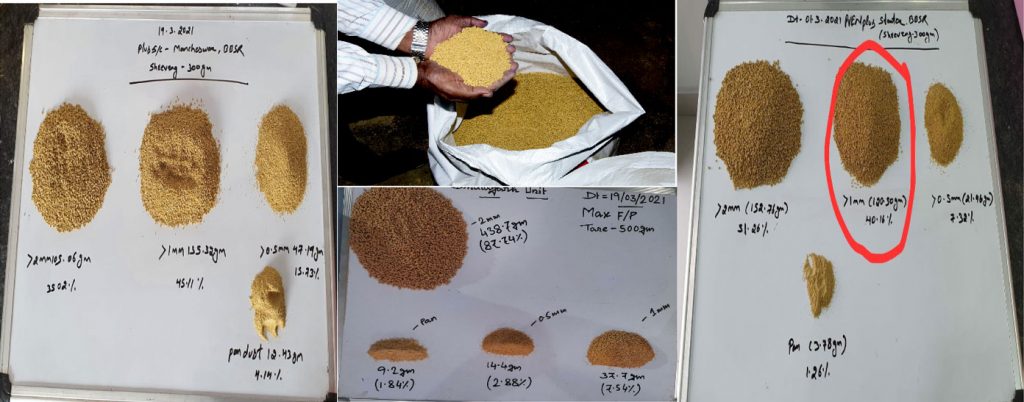
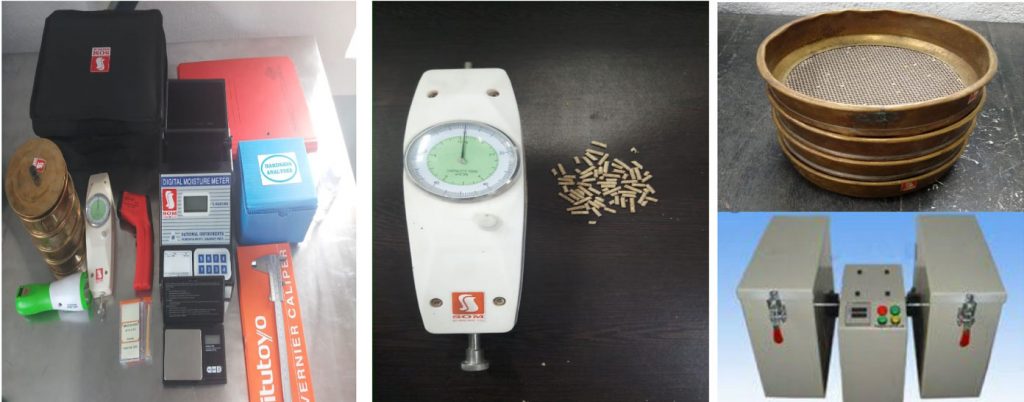
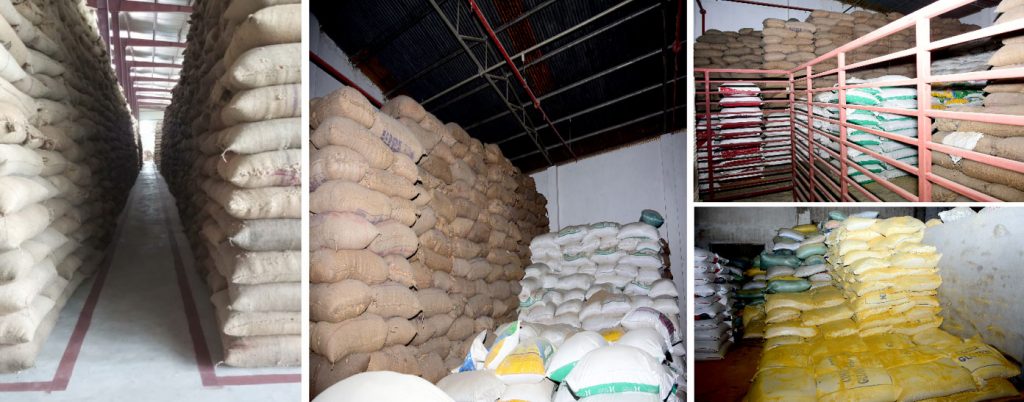
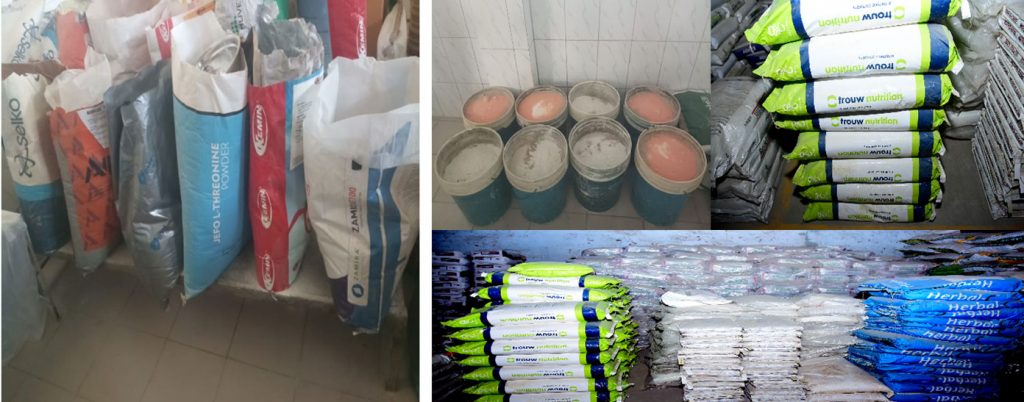
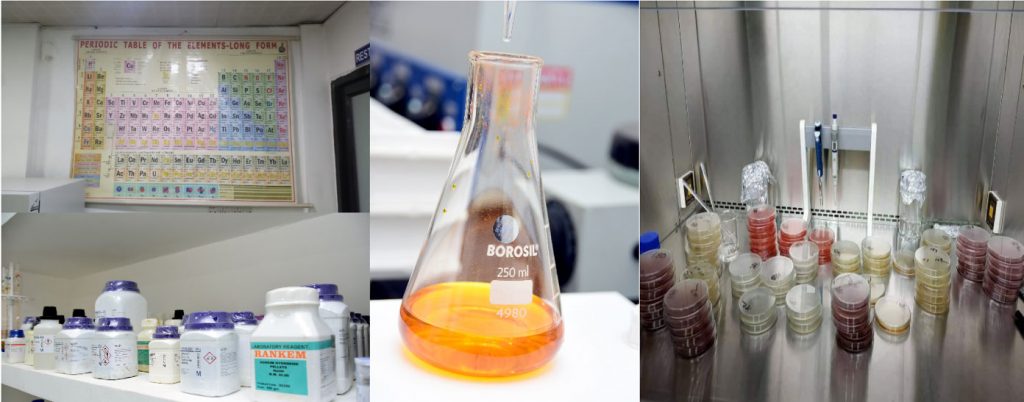
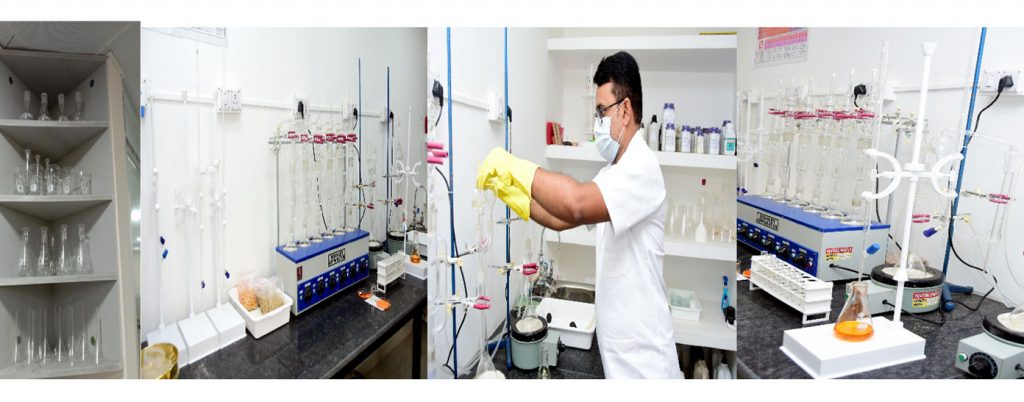

This Quality Policy is a document evaluated as part of the overall review of the Quality Management System utilized by us to ensure that the appropriate quality management objectives are met.